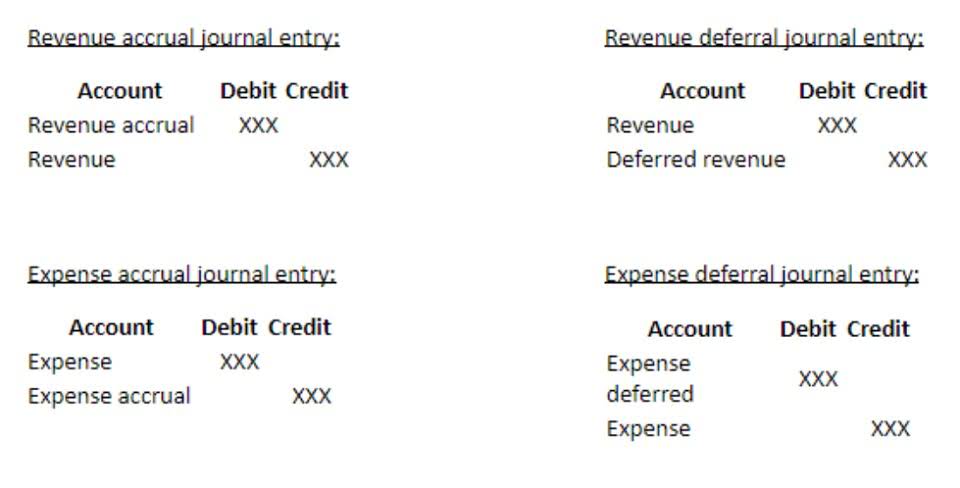
This car has an initial value of $50,000 and a useful life of ten years. To calculate yearly depreciation for accounting purposes, the owner needs the car’s residual value, or what it is worth at the end of the ten years. Assume this value is $5,000, and the company uses the straight-line method of depreciation. New assets are typically more valuable than older ones for a number of reasons. Depreciation measures the value an asset loses over time—directly from ongoing use (through wear and tear) and indirectly from the introduction of new product models (plus factors such as inflation). Writing off only a portion of the cost each year, rather than all at once, also allows businesses to report higher net income in the year of purchase than they would otherwise.
What is a useful life?
If you do not claim depreciation you are entitled to deduct, you must still reduce the basis of the property by the full amount of depreciation allowable. However, computer software is not a section 197 intangible and can be depreciated, even if acquired in connection with the acquisition of a business, if it meets all of the following tests. To determine whether a person directly or indirectly owns any of the outstanding stock of a corporation or an interest in a partnership, apply the following rules.

Straight-line depreciation
For more information, see section 167(g) of the Internal Revenue Code. Depreciating a real estate rental property means deducting the cost of buying or renovating a rental property over a period of time rather than all at once. Depreciating the property depreciated assets examples means you deduct the cost over its useful life. Real estate can also experience economic depreciation when the market value of the property decreases. Generally speaking, there is accounting guidance via GAAP on how to treat different types of assets.
Step 2: Set the Depreciation Rate of the Asset
On the income statement, the operating profit is likely to increase because the depreciation expense will no longer be recorded on the income statement. When using more conservative accounting practices, it is typical to impose a more aggressive depreciation schedule and recognize expenses earlier. Sometimes, a fully depreciated asset can still provide value to a company. In such a case, the operating profits of a company will increase because no depreciation expenses will be recognized.
Sum of Years Digits Method
The depreciation deduction, including the section 179 deduction and special depreciation allowance, you can claim for a passenger automobile (defined earlier) each year is limited. On August 1, 2022, Julie Rule, a calendar year taxpayer, leased and placed in service an item of listed property. Julie’s business use of the property was 50% in 2022 and 90% in 2023. Julie paid rent of $3,600 for 2022, of which $3,240 is deductible.
Double Declining Balance Depreciation method
Depreciation allows businesses to spread the cost of physical assets over a period of time, which has advantages from both an accounting and tax perspective. Businesses have a variety of depreciation methods to choose from, including straight-line, declining balance, double-declining balance, sum-of-the-years’ digits, and unit of production . Sum of the years’ digits is also an accelerated depreciation method, but it doesn’t depreciate an asset quite as quickly as double declining balance depreciation. It takes an asset’s expected life and adds together the digits for each year. Each digit is then divided by this sum to determine the percentage that the asset should be depreciated each year. This method results in greater depreciation in earlier years of an asset’s useful life and less in the later years.

What Is Depreciable Property?
The depreciable base of a tangible asset is reduced by the salvage value. The amortization base of an intangible asset is not reduced by the salvage value. Amortization, on the other hand, is recorded to allocate costs over a specific period. Both methods appear very similar but are philosophically different. This is the simplest and most straightforward method of depreciation. It splits an asset’s value equally over multiple years, meaning you pay the same amount for every year of the asset’s useful life.

What is the Depreciation Rate for Fixed Assets?
Tax depreciation is different from depreciation for managerial purposes. Determining salvage value accurately is an important step, though, because the expected salvage value of an asset is deducted from the initial cost of the asset to arrive at an item’s depreciable cost. Many businesses opt for a salvage value of zero as many assets are used until they are worn out, and technology equipment quickly becomes obsolete. Notice how the Accumulated Depreciation account lowers the total value of a company’s assets. In this example we’ll use the Straight-line method of depreciation.
- On the other hand, expenses to maintain the property are only deductible while the property is being rented out – or actively being advertised for rent.
- You refer to the MACRS Percentage Table Guide in Appendix A to determine which table you should use under the mid-quarter convention.
- For example, a restaurant purchases a delivery bike and expects to use it for five years.
- Step 8—Using $20,000 (from Step 7) as taxable income, XYZ’s actual charitable contribution (limited to 10% of taxable income) is $2,000.
- Figure your depreciation deduction for the year you place the property in service by multiplying the depreciation for a full year by the percentage listed below for the quarter you place the property in service.
Leave a Reply